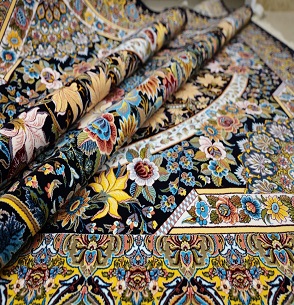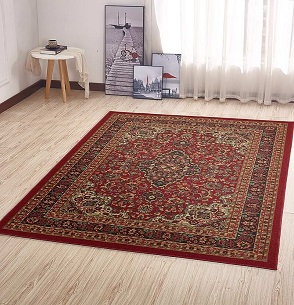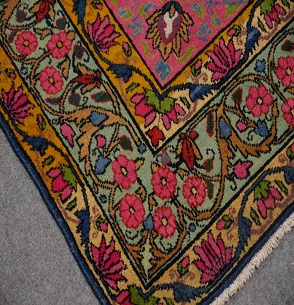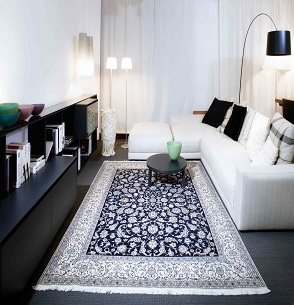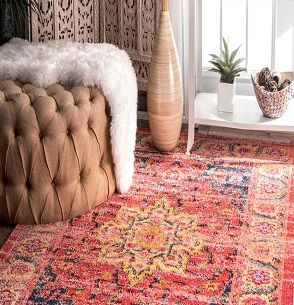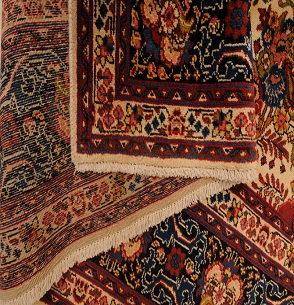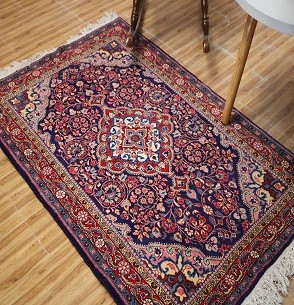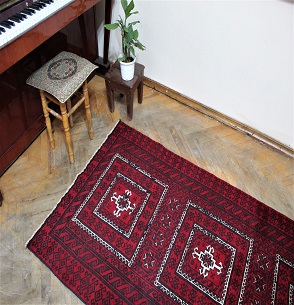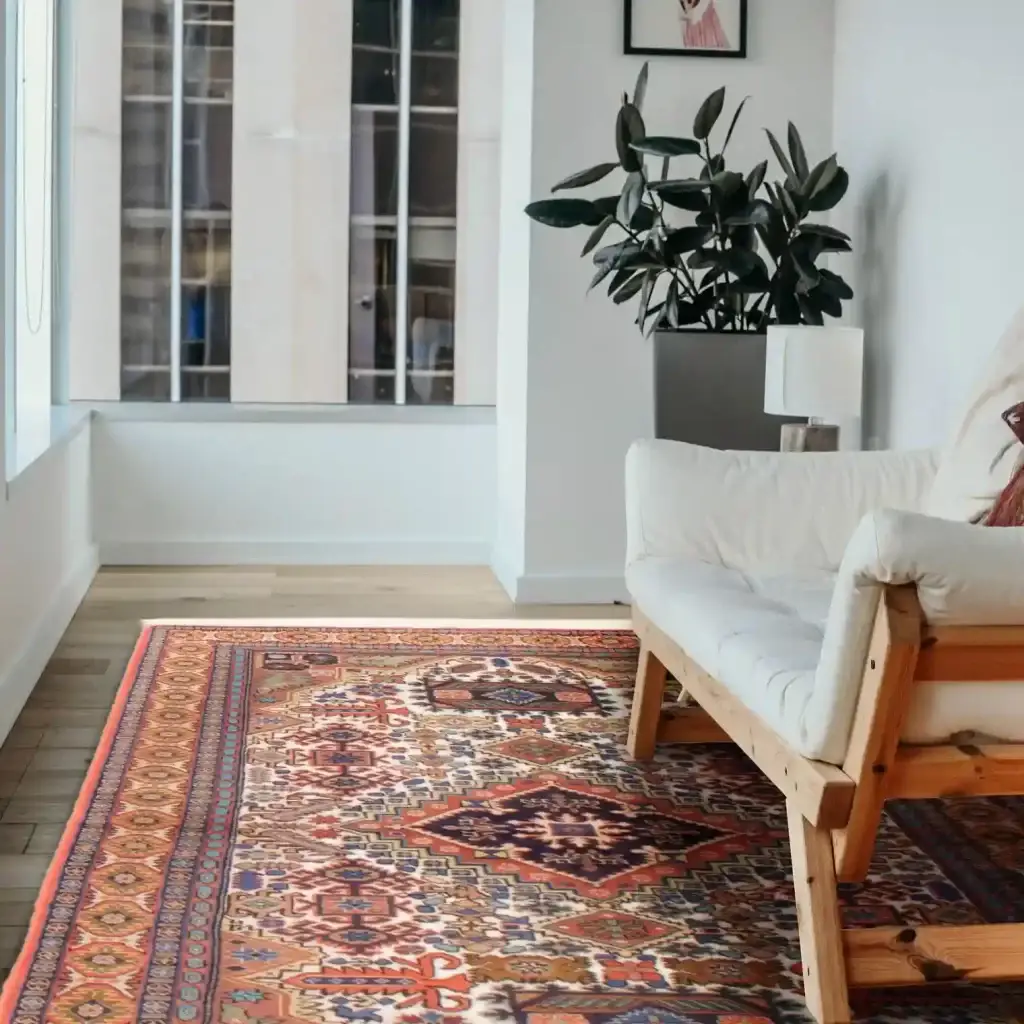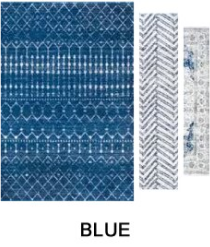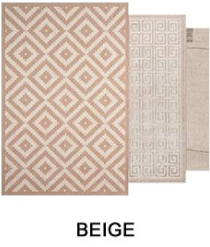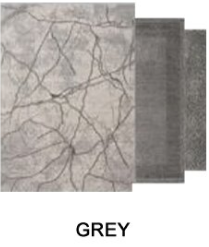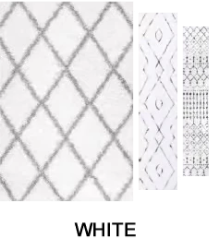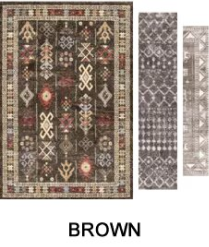Buy Our Top-Graded Persian Carpets Dubai
Check out our best-rated Persian carpets Dubai, with mesmerizing patterns and fine workmanship. Add luxury and sophistication to your setting. Shop now and experience superior quality and elegance in each creation.
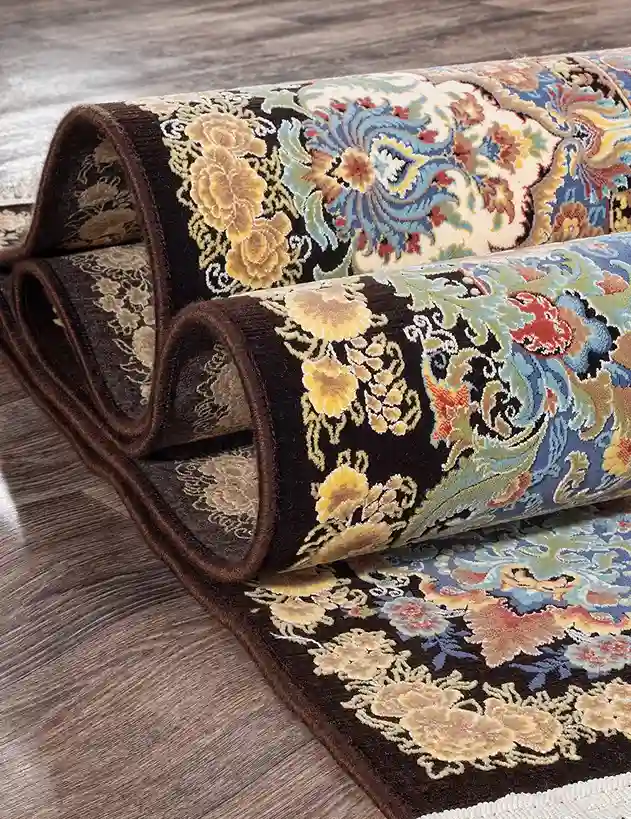
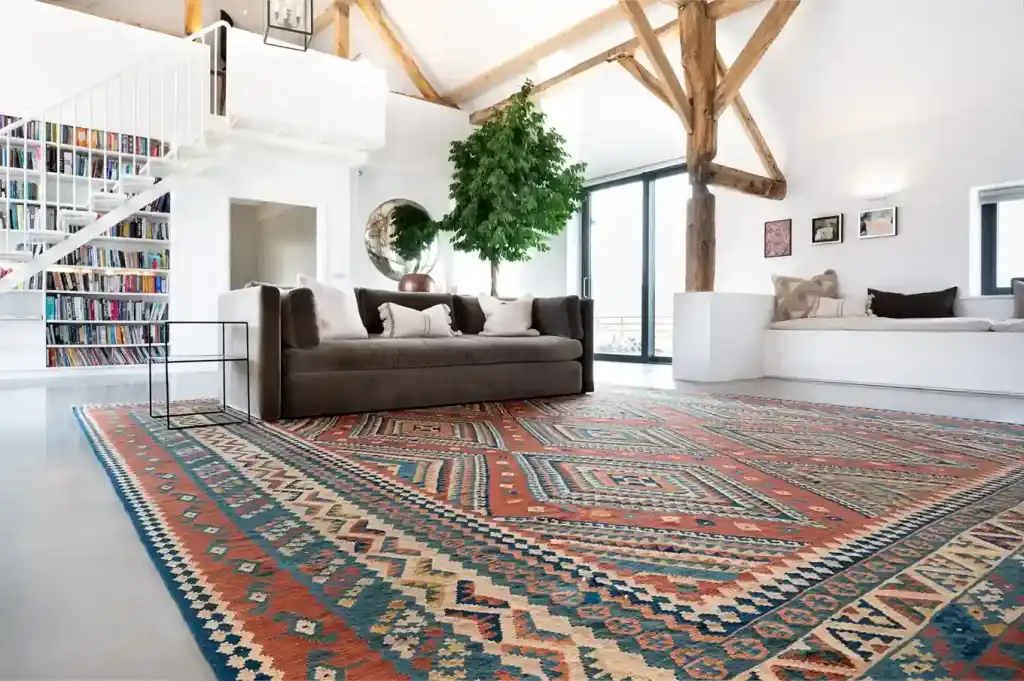
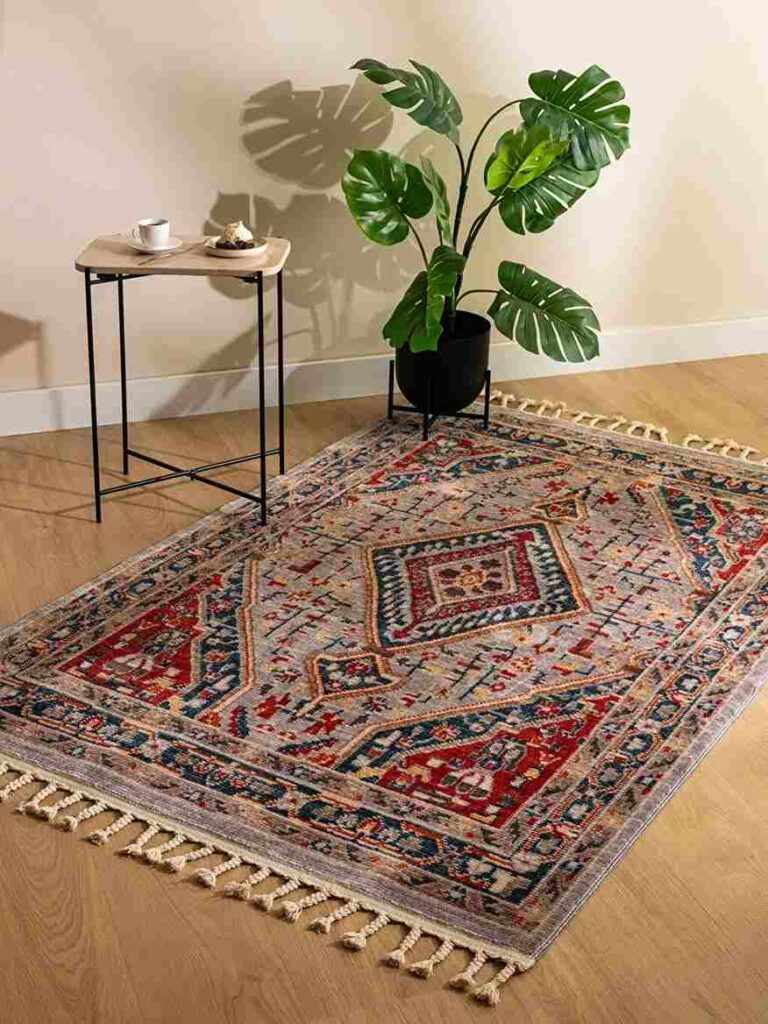
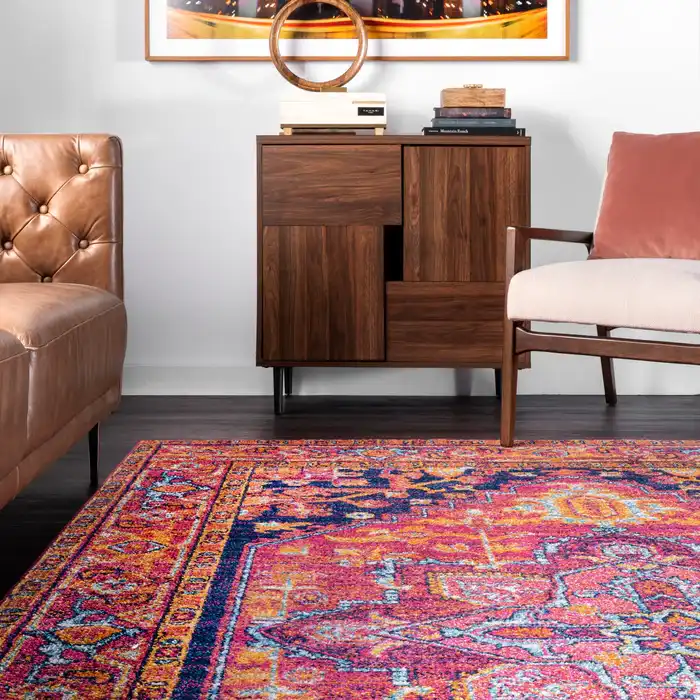
High-Quality Persian Rugs for Luxury Homes
Add glamour and sophistication to the interior of your luxurious home by investing in the finest Persian Carpets Dubai. Every single rug is made from quality material and is designed elaborately to enhance the look of any home and bring a feel of luxury. They are ideal for modern interior design as well as traditional interior design.
- Elevate spaces with exquisite Persian rugs.
- Crafted with timeless elegance and detail.
- Enhance luxury homes with unrivaled beauty.
Contact Us For Antique Persian Carpets
Bring luxury into your very own living space with our premium Persian Carpets Dubai Get the best designs, unrivaled quality, and professional installation. Shop now to add timeless elegance and luxury to your space.
Trendy Types Of Persian Carpets
Latest Service
Unmatched Elegance: Discover Our Persian Carpets Advantages
Persian Carpets Dubai are expertly crafted and made of premium materials. Each rug is a marriage of unique, elegant designs and professional installation to bring both durability and luxury into space. Transform your space with exquisite handmade Persian rugs that speak of timeless beauty.
Unique Patterns and Designs
Signature Motifs and Symbols
Regional Design Variations
Customizable Options
Luxurious Materials
High-Quality Wool and Silk
Premium Dyeing Techniques
Durability and Texture
Discover Our Premium Persian Rugs in Dubai
Our premium collection of carpets combines durability and natural beauty that enhance any space. These carpets feature a unique texture and timeless style that uplift your interior decor while remaining practical, making them perfect for both residential and commercial settings.
- Expert Craftsmanship
- Premium Materials
- Unique Designs
- Comfortable Underfoot
- Wide Variety
- Professional Installation
Features of Our Durable Persian Carpets
Our quality Persian carpets are the perfect way to elevate any room in your home to pure luxury. Shop now at Carpet Supplier Dubai to elevate your environment with classic style and opulence.

Sustainable Materials

Long-Lasting Quality

Distinctive Texture

Easy Care

Adaptable Style
Our Residential & Commercial Areas In Dubai
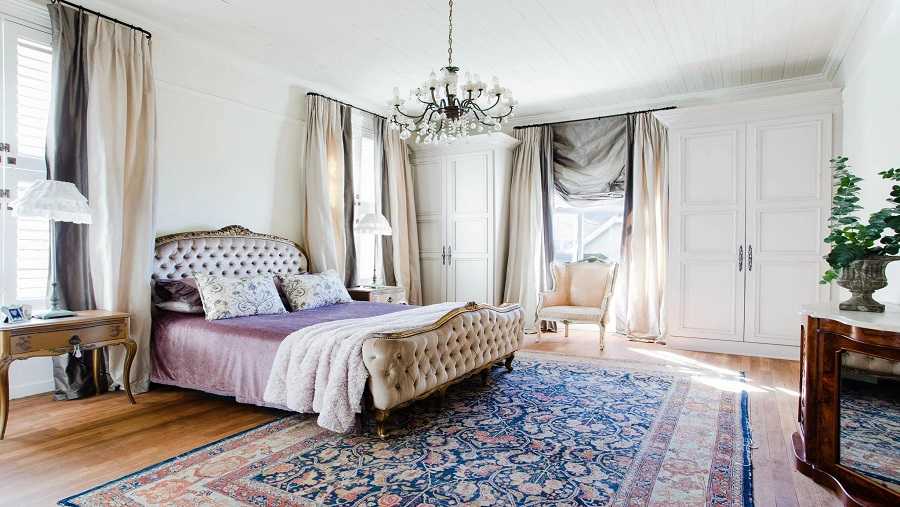
Bedroom
Our Persian carpeting in the bedroom provides a touch of class and warmth to the ambiance.
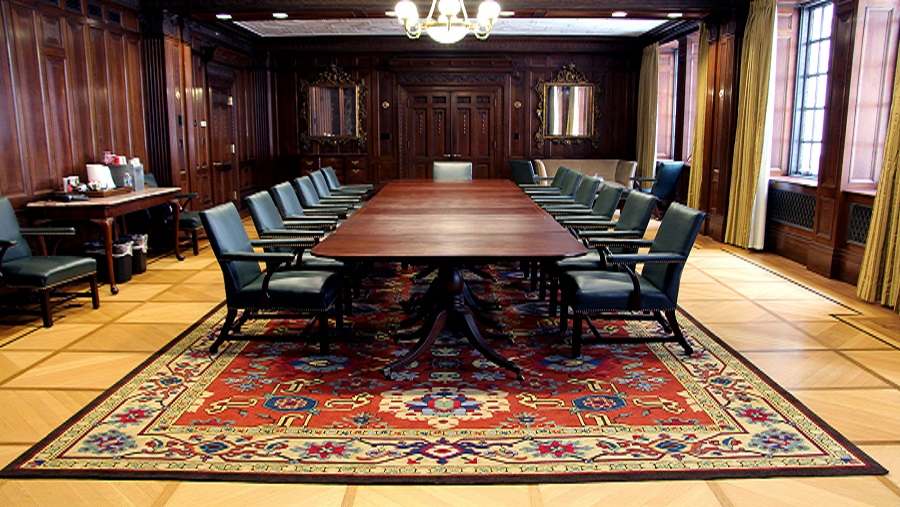
Conference Rooms
Persian carpets are suitable for conference halls as they provide excellent acoustic properties.
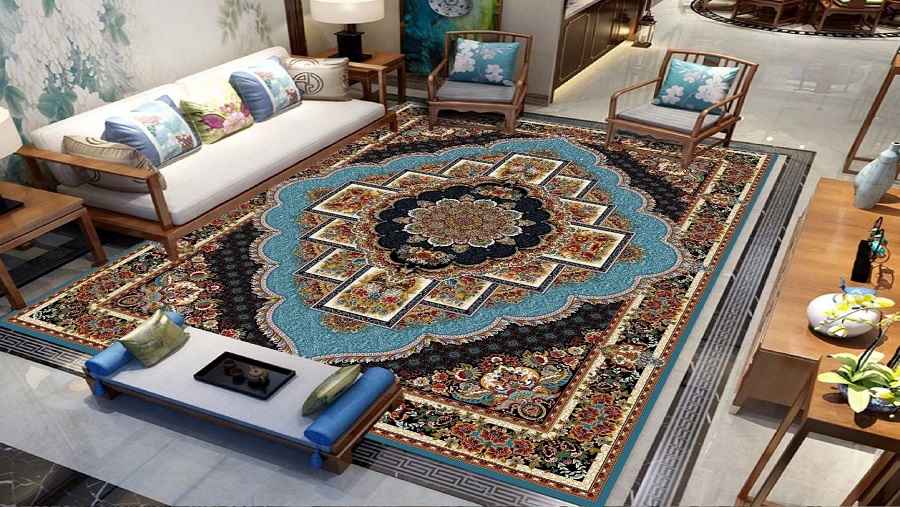
Living Areas
Style your living rooms with our stylishly designed persian rugs that bring visual appeal.
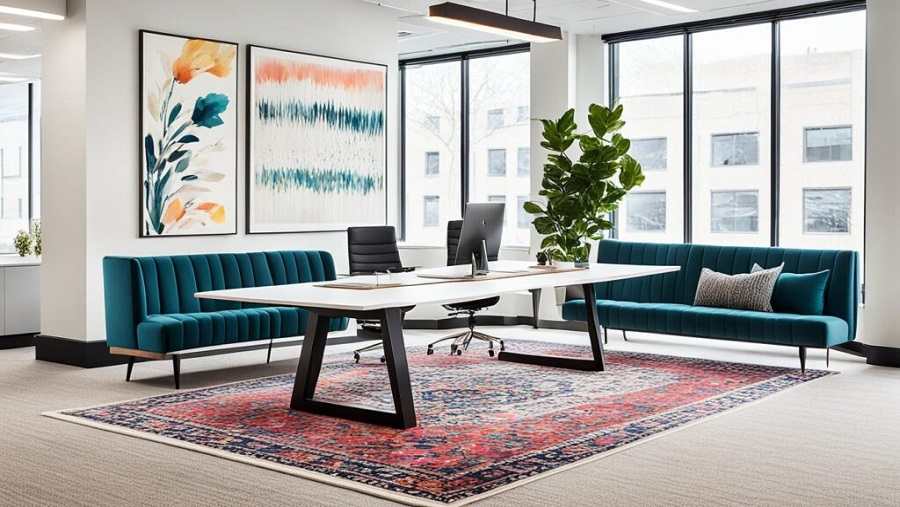
Open Workspaces
Our carpets add comfort and reduce noise to be more pleasant and productive.
Get Right Color Of Persian Carpets Dubai
Your Rugs should match your interior design, so you can choose the suitable color by browsing our collection today!
Benefits Of Our Persian Runner Rugs Dubai
Find out what makes a Persian runner rug unique in Dubai by learning its exceptional qualities. Rugs are a wonderful way to elevate up your house with unrivaled quality and elegance, thanks to the meticulous craftsmanship and sophisticated designs that go into each one.
Masterly Craftsmanship
Our Persian runner rugs are handmade by skillful weavers; hence, intricate patterns and high quality are reposed with long-lasting beauty and durability.
High-quality Materials
With every piece of our Persian runner rug, only the finest wool and silks give ultra-softness, durability, and a feeling of luxury.
Easy Installation
With years of experience, we shall precisely place your Persian runner rugs and install them. All our rugs are very easy and simple to hang!
Beautiful Designs
Choose from our Persian runner rug designs, which impart timeless elegance and sophistication and perfectly complement your home’s decor and style.
Hire Our Experts for Persian Carpet Installation in Dubai
Why not hire our skilled team in Dubai to deliver a perfect Persian carpet installation? Our personnel offer accurate and timely service to beautify and preserve the value of your invested money. Get in touch with us today for the professional installment.
- Expert Installation
- Flawless Results
- Timely Delivery
- Competitive Pricing
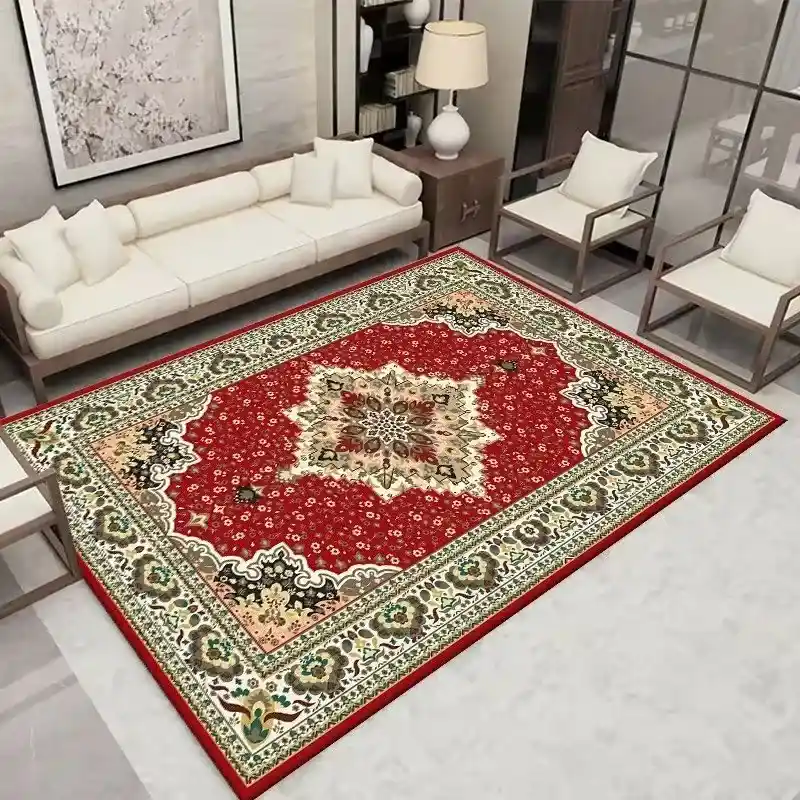
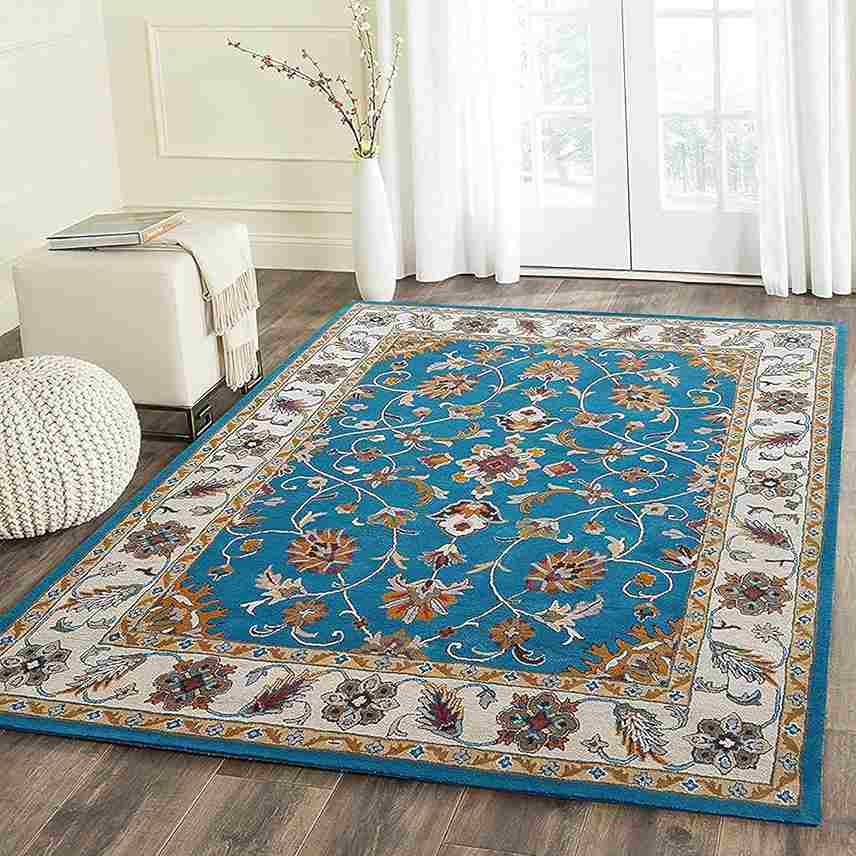
Locations

Dubai Marina

Down Town

Business Bay

MBR City

Palm Jumeirah
Why Choose Us ?
We present unique and exquisite Persian carpets made with the finest craftsmanship and premium quality. This guarantees quality installation and offers unique and exquisite design from a team of experts. Sit back, relax, and enjoy the convenience of our fine rugs, which also add lasting appeal to your home decor.




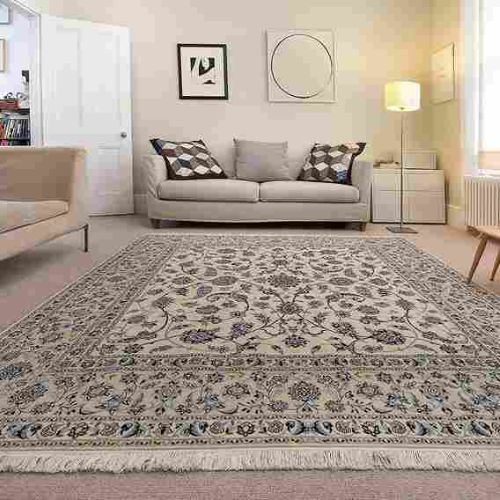
How we Work
Carpet Supplier Dubai provides a complete and personalised service to help you choose the correct carpet. From selection to installation, our approach is smooth and effective.
Visiting Your Location
We visit your location to discuss your requirements and inspect the area.
Taking Measurments
Exact measurements are taken to fit your area perfectly.
Installing
Our professionals handle the process to ensure your satisfaction.

What Our Clients Say
Our clients are our strength for us. Even for everyone so lets see, what’s they have vision and thoughts about us.



OUR LOCATION
QUICK CONTACT
We Will Get Back To You Within
24 Hours, Or Call US Everyday,
8:00 AM to 7:00 PM
Book An Appointment
Frequently Asked Questions
Persian carpets can be placed in almost all parts of a home or office but when this is being done, care should be taken to select the type that has strong fleece and the patterns should also be strong.
DO NOT use routine carpet cleaners on your Persian carpets; here are some reasons why. However, it is recommended to use mild detergents, which are often recommended for delicate rugs. It is advisable to always patch test any cleaner and not scrub the rug harshly.
The fringes of your Persian carpet can also be loose at times and informing the pet owner that pulling on them is a bad idea. Most importantly, dampen the hair and, using scissors, cut off all the split ends in order to avoid further splitting.





